Beijing 2022:An“Exceptional”Games
2022-05-13byGongHaiying
by Gong Haiying
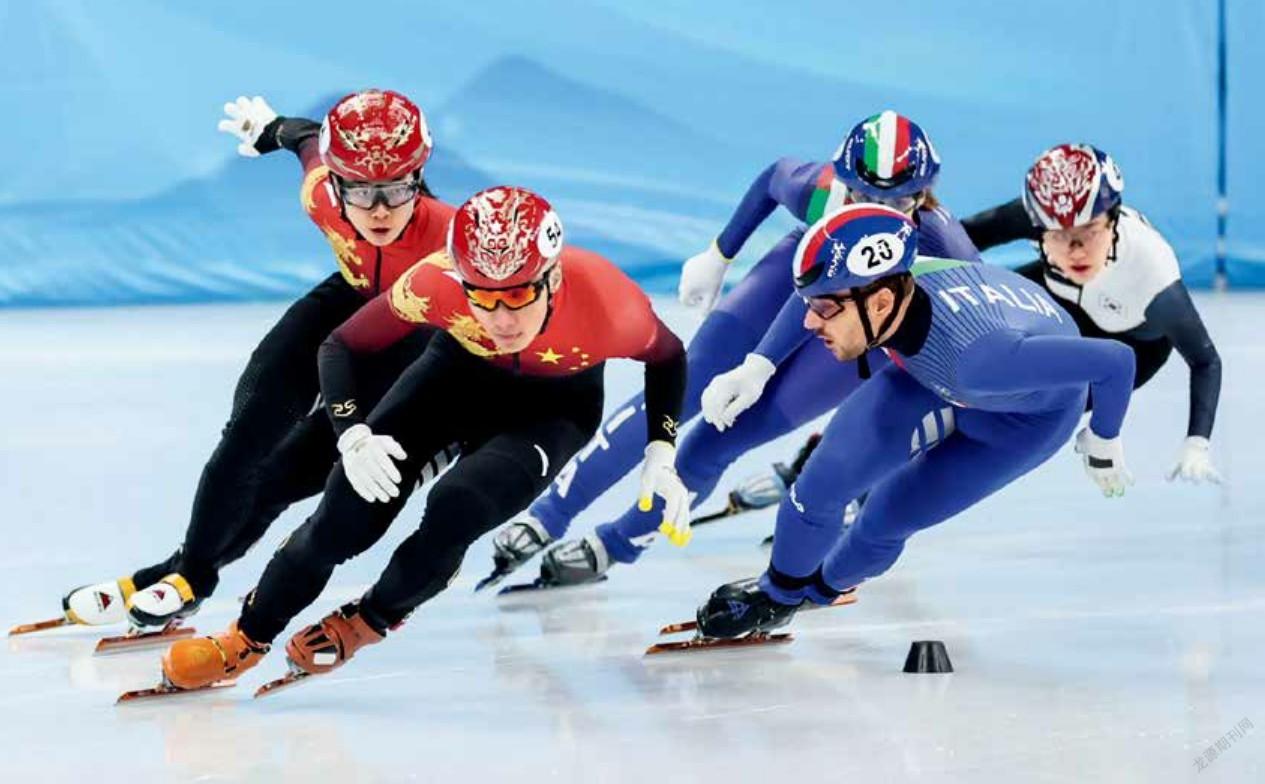
On February 4, 2022, the 24th Olympic Winter Games opened in Beijing, coinciding with the first of the 24 Solar Terms that marks the beginning of spring on the traditional Chinese calendar. More than 30 foreign heads of state and government, important members of royal families, and heads of international organizations traveled long journeys to China for the great event, joining around 3,000 athletes from 91 countries and regions competing in the Games. Beijing became the first city to host both Summer and Winter Olympics.
As the first global comprehensive sports event held as scheduled since the outbreak of the COVID-19 pandemic, the Beijing 2022 Winter Olympics was certain to attract attention and represent the ardent expectations of people all over the world.“I am confident that with the joint efforts of us all, Beijing 2022 will surely go down in history as a streamlined, safe and splendid Olympic Games,” said Chinese President Xi Jinping in his toast at the welcome banquet of the Beijing 2022 Olympic Winter Games on February 5.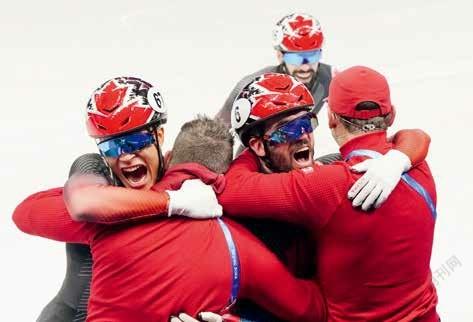
Simple and More Confident
Beijings close connection to the Olympic Games started in 2008. The grandiose opening ceremony of Beijing 2008 left a big impression on the world audience, while the opening ceremony of the Beijing 2022 Winter Olympics rolled out a simpler show that showed Chinas confidence.
The opening ceremony of Beijing 2022 lacked a lengthy, large-scale performance, and the number of performers was reduced from 20,000 in 2008 to 3,000. The duration of the ceremony was also reduced down to around 100 minutes from four hours in 2008. More ordinary people from all walks of life, rather than professional performers, were featured on the stage.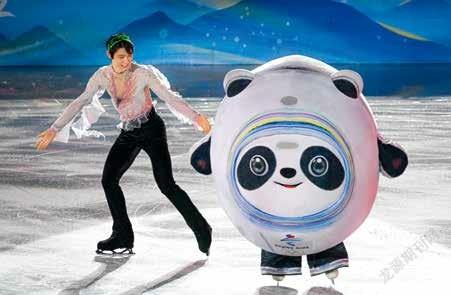
The ingenious design of the direction team resulted in a simple, elegant, and spectacular opening ceremony for 2022. The performance “Forming a Snowflake” tells the concept of building a global community of shared future. Art and technology have been well integrated in all performances. Lighting the cauldron at the opening ceremony of the Beijing Winter Olympics was especially impressive. After two young Chinese athletes placed their torches into the heart of a giant snowflake composed of many smaller ones featuring the names of some 90 countries and regions participating in the Games, the large snowflake evolved into a cauldron and slowly rose from the center of the venue. Every detail came together and created a beautiful and modern romantic and artistic atmosphere, which presented the world audience with the Chinese aesthetic concept that “simplicity is not simple.”
Zhang Yimou, chief director of the opening and closing ceremonies for both the Beijing 2008 Summer Olympics and the Beijing 2022 Winter Olympics, had a lot to say about the productions. “I want the world to see a more confident Chinese nation and understand our affection for the people of the world,” he said in reference to the more complex international situation.
Both the opening and closing ceremonies delivered on the concept of a “simple” Winter Olympics. In fact, Beijing 2022 made “simple” its primary principle from Day One of preparations. Out of the 13 competition and non-competition venues in Beijing, 11 were existing venues inherited from the Beijing 2008 Olympics. The National Speed Skating Oval, nicknamed the “Ice Ribbon,”was the only new venue built in Beijing for the Winter Olympics. The stadium was built on the site of the Olympic Green Hockey Field and the Olympic Green Archery Field for the 2008 Olympics. The plan greatly saved urban land resources.
Safer and More Relaxed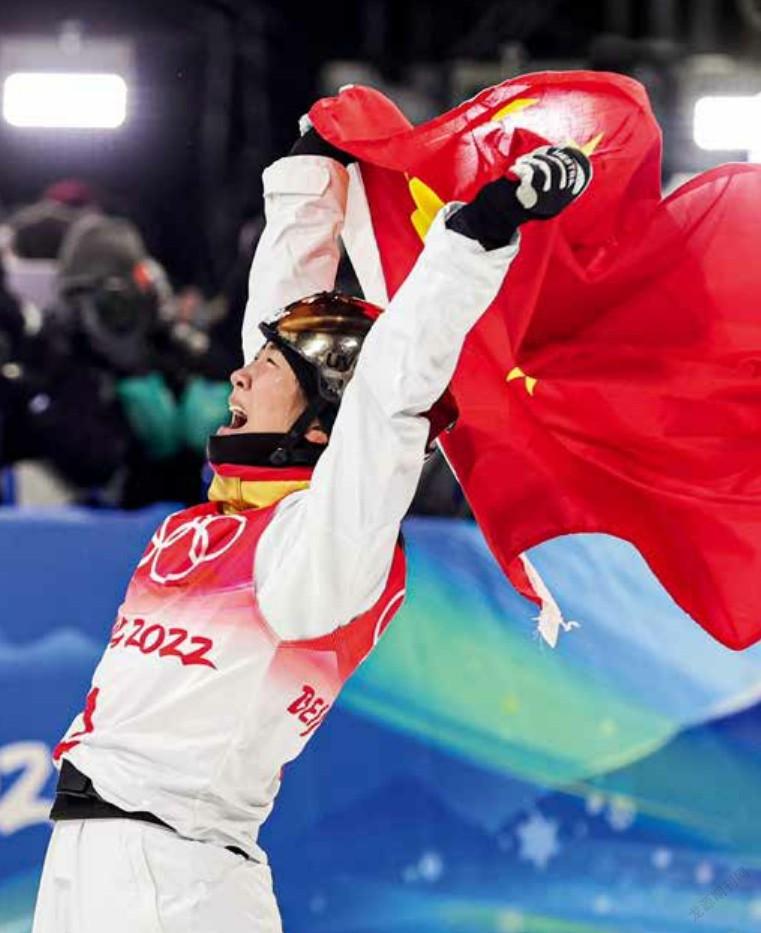
Contrasting previous Winter Olympics, the biggest difficulty in Beijing 2022 was navigating the COVID-19 pandemic raging around the world. Beijings successful hosting of the Winter Olympics can be attributed to its strong COVID-19 containment efforts which ensured a safe Games.
For the Games, containment protocols and efforts were carried out in the closed-loop system. Hundreds of robots were dispatched to help with COVID-19 prevention and control in venues and Winter Olympic villages. Bioaerosol monitoring systems in public spaces could detect COVID-19 aerosol particles in the air and produce related reports within 20 to 30 minutes. A kind of smart “band-aid thermometer,”an accurate wearable intelligent temperature measuring device, went into use. Real-time body temperature is automatically uploaded to terminal equipment for continuous monitoring. The scientific division of labor and cooperation among pandemic prevention personnel and technologies enabled the Beijing 2022 Winter Olympics to overcome many challenges in the pandemic-disrupted year.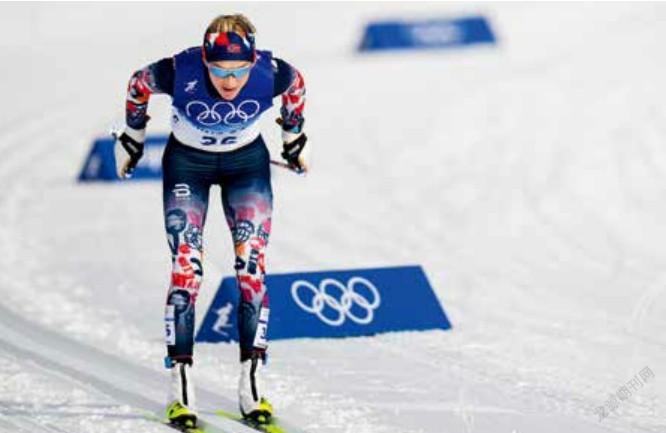
International Olympic Committee (IOC) President Thomas Bach spoke highly of Beijing 2022s containment efforts. “I think we can feel very safe in this closed loop,” he said.“Despite the challenges of the global pandemic, what we have seen so far is that the closed loop is highly efficient.”
But a safe Winter Olympics still took much more. As the first international sports event held in China after the country announced it would strive to peak carbon dioxide emissions by 2030 and achieve carbon neutrality by 2060, ecological safety was a solemn commitment made by Beijing 2022 to the world, and an inevitable choice based on Chinas deep understanding of the harmonious relationship between man and nature.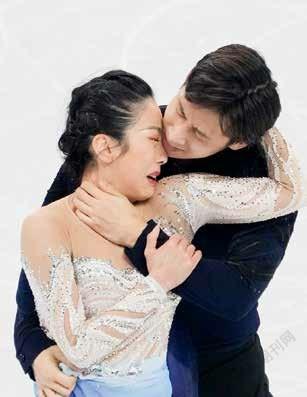
Of the eight ice venues and ten ice surfaces used at the 2022 Winter Olympics, nine surfaces and seven venues used environmentally friendly refrigerants that are 30 percent more energy-efficient than traditional methods. Hydrogenpowered vehicles were deployed in both Yanqing and Zhangjiakou competition zones to serve the Games. Compared to vehicles using fossil fuels, hydrogenpowered buses can reduce carbon dioxide emissions by 70 kilograms over 100 kilometers. The Beijing 2022 Winter Olympics were the first Games in Olympic history in which all venues were powered by renewable energy. The Zhangbei 500kV flexible direct current(DC) power transmission and transformation project supplied 14 billion kWh of clean electricity from Zhangjiakou, the co-host city of the 2022 Winter Olympics, to the Beijing power grid to meet the power needs of Olympic venues in the Beijing and Yanqing competition zones. The huge population of 300 million people involved in ice and snow sports will ensure the sustainable use of these venues after the Games. Together and More
Olympic athletes excellent performance with strength and dauntless courage showcased the Olympic motto of “Faster, Higher, Stronger — Together”and left many memorable moments.
Canadian snowboarder Max Parrot took gold in mens snowboard slopestyle at the Beijing 2022 Winter Olympics. A cancer survivor, he won respect from many of his peers because of the resolve and persistence he has shown throughout his career. Japanese figure skater Yuzuru Hanyu pushed himself to the limits. Although he failed on a quad Axel, a highly difficult jump, his bravery and sportsmanship during the performance earned him respect from rivals and spectators alike. After Chinese athlete Xu Mengtao claimed the womens aerials freestyle skiing gold medal, her long-time friend and rival Ashley Caldwell from the United States became super excited for her, displaying true sportsmanship.
“You not only respected each other. You supported each other,” declared IOC President Thomas Bach in a speech at the closing ceremony of the 2022 Olympic Winter Games.“You embraced each other, even if your countries are divided by conflict. You overcame these divisions, demonstrating that in this Olympic community we are all equal. We are all equal—regardless of what we look like, where we come from, or what we believe in. This unifying power of the Olympic Games is stronger than the forces that want to divide us: you give peace a chance.”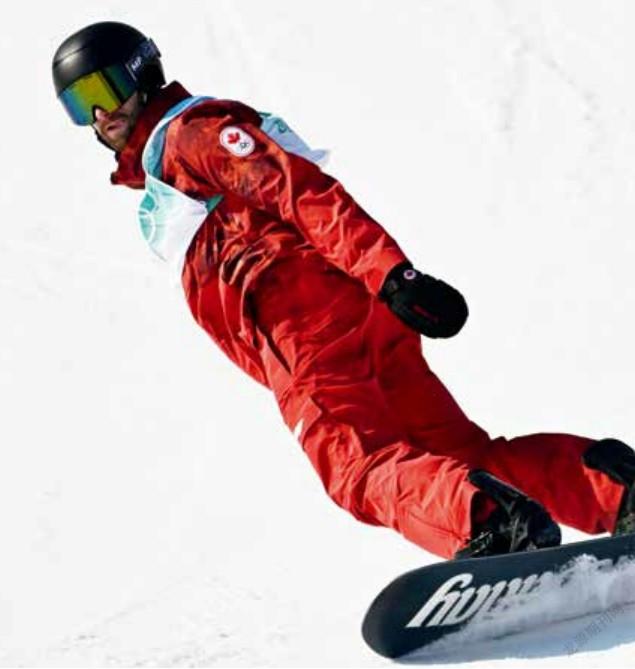
At the closing ceremony of the Beijing 2022 Winter Olympics, Chinas National Stadium was wrapped by a huge Chinese knot generated by digital AR technology. It symbolized the connection between China and the rest of the world while showcasing the Olympic spirit of “Together.”“Together for a Shared Future,”the official motto of the Beijing Winter Olympics, will surely integrate with the Olympic spirit and be preserved as an Olympic legacy forever.
